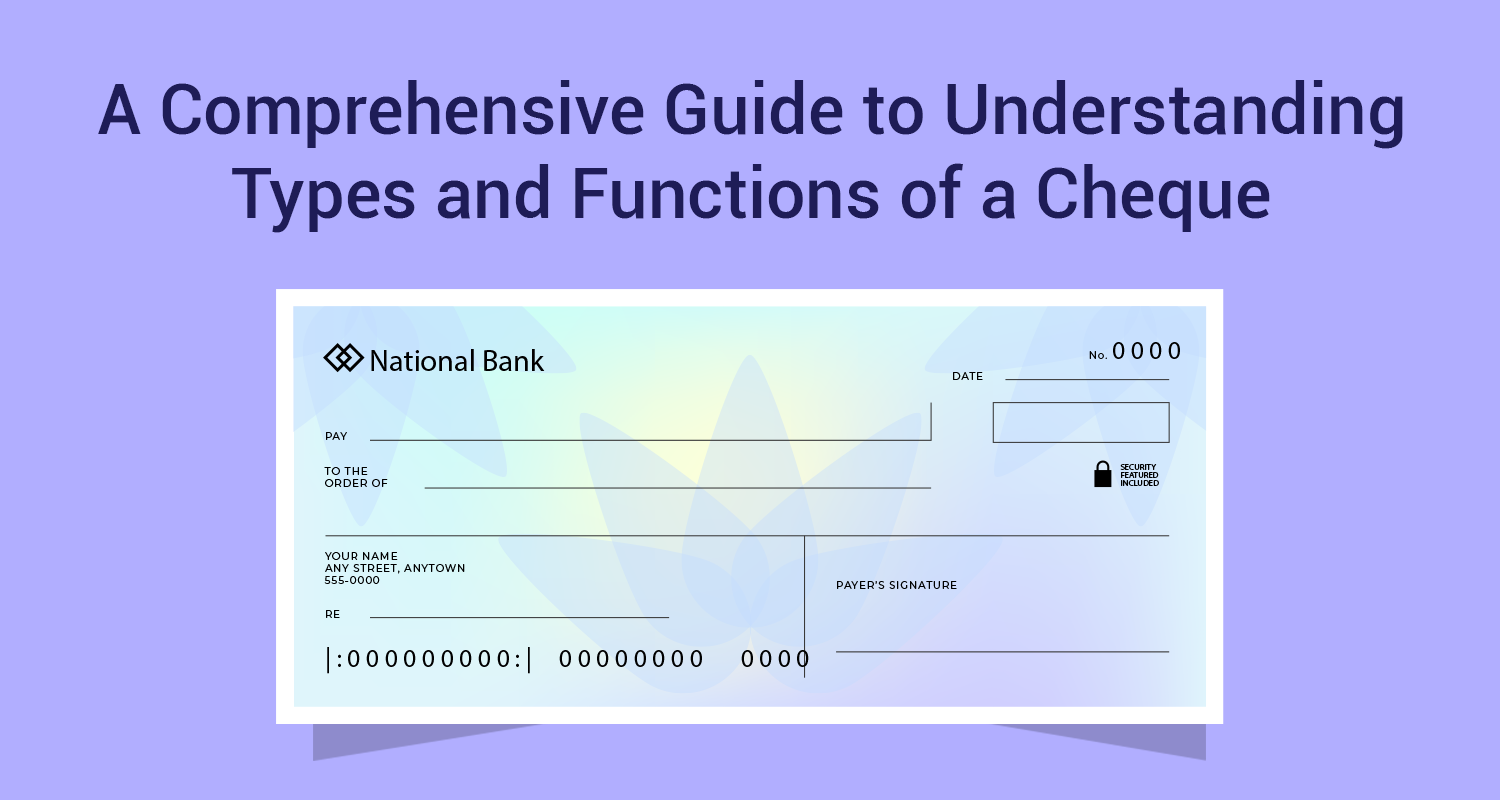What Is SWP and How Does It Work?

To understand the concept of SWP (Systematic Withdrawal Plans), let us go back in time to the point at which you started your SIP. You had a planned a corpus of Rs.2 crore for retirement. Your estimate was that you will invest the Rs.2 crore in a liquid fund which will yield 6% annualized returns. That will give you a monthly income of Rs.1 lakh per month, which you estimate should be sufficient to cover your post retirement expenses per month. However, by the time you retired the yields on the liquid fund were down to 4%. That means you will be able to earn only Rs. 67,000 per month which will be grossly insufficient. What does he do now? The answer could be SWP.

First invest the corpus
Before we get into how SWP works in the above case, let us understand the process. You need to invest the corpus keeping in mind your risk-return trade-off. That means you need to get the best returns without compromising on the risk aspect. The first thing he has to do is to invest the corpus. He can probably look at a higher risk offering like a debt fund for the sake of higher yields. But for the time being, let us assume that he only sticks to liquid funds. The challenge is to see how we can improve the monthly inflows for the investor by sticking to liquid funds so as not to add any element of risk.
Why we are focusing on low risk investing?
Since the idea of just investing the corpus and relying on the income is not going to work, the other option is to look at structuring a SWP. The SWP invests the corpus in very safe investments and then withdraws a portion of the corpus each month. Even as a portion of the corpus gets withdrawn, the investor continues to earn on the balance corpus. Since the investors really cannot afford to take any risk on the core capital, it is best to stay invested in absolutely safe investments with high liquidity only.
Structuring as regular withdrawals
The most important part of structuring a SWP is that it withdraws part of the principal and part of the returns each month. Unlike just investing the corpus and hoping for dividends, the SWP structures the payouts in such a way that the entire corpus will deplete over a certain time frame after retirement. Here you actually work backwards. You start with your monthly requirement and then see how best you can structure. In the above case, the investor needs a monthly payout of Rs.1 lakh but is likely to get only Rs.67,000 in the reduced rates. The SWP can help you to earn nearly Rs.1.23 lakhs per month despite your fund earning just 4% in a liquid fund. Here is how!
|
Year |
Corpus in liquid Fund |
Annual Interest @ 4% |
Annual Withdrawal |
Closing Balance |
|
Year 1 |
200,00,000 |
8,00,000 |
14,70,000 |
193,30,000 |
|
Year 2 |
193,30,000 |
7,73,200 |
14,70,000 |
186,33,200 |
|
Year 3 |
186,33,200 |
7,45,328 |
14,70,000 |
179,08,528 |
|
Year 4 |
179,08,528 |
7,16,341 |
14,70,000 |
171,54,869 |
|
Year 5 |
171,54,869 |
6,86,195 |
14,70,000 |
163,71,064 |
|
Year 6 |
163,71,064 |
6,54,843 |
14,70,000 |
155,55,906 |
|
Year 7 |
155,55,906 |
6,22,236 |
14,70,000 |
147,08,143 |
|
Year 8 |
147,08,143 |
5,88,326 |
14,70,000 |
138,26,468 |
|
Year 9 |
138,26,468 |
5,53,059 |
14,70,000 |
129,09,527 |
|
Year 10 |
129,09,527 |
5,16,381 |
14,70,000 |
119,55,908 |
|
Year 11 |
119,55,908 |
4,78,236 |
14,70,000 |
109,64,145 |
|
Year 12 |
109,64,145 |
4,38,566 |
14,70,000 |
99,32,710 |
|
Year 13 |
99,32,710 |
3,97,308 |
14,70,000 |
88,60,019 |
|
Year 14 |
88,60,019 |
3,54,401 |
14,70,000 |
77,44,420 |
|
Year 15 |
77,44,420 |
3,09,777 |
14,70,000 |
65,84,196 |
|
Year 16 |
65,84,196 |
2,63,368 |
14,70,000 |
53,77,564 |
|
Year 17 |
53,77,564 |
2,15,103 |
14,70,000 |
41,22,667 |
|
Year 18 |
41,22,667 |
1,64,907 |
14,70,000 |
28,17,573 |
|
Year 19 |
28,17,573 |
1,12,703 |
14,70,000 |
14,60,276 |
|
Year 20 |
14,60,276 |
58,411 |
14,70,000 |
48,687 |
Since he retires at the age of 60, this corpus of Rs.2 crore can pay him Rs.1.23 lakhs per month (Rs.14.70 lakhs per annum) continuously for the next 20 years. That hits two birds with one stone. He can still remain invested in safe 4% liquid funds with zero risk to his capital. Secondly, he earns Rs.22,500 more than his approximate monthly requirement, which can be put to a variety of productive uses. That is like more bang for the buck!
Third bird called tax smartness
If you thought that you had just hit two birds with one stone, here is a third bird. Apart from remaining in low risk investments and earning more per month, you are also going to earn more in post-tax terms. When you invest the corpus in a dividend plan, there will be no tax on your hands but the fund will deduct dividend distribution tax (DDT) of 29.12%. This includes a 25% tax plus surcharge and cess. Thus you will nearly give away a third of your dividends as taxes, leaving you with very little. On the other hand, if you invest in an SWP, then the principal portion of the withdrawal does not attract any tax. Only the capital gains portion will be taxed at 30% (peak rate) for the first 3 years and after that it will be taxed at a concessional rate of 20% with the benefit of indexation. That is the third bird that SWP offers!
Disclaimer:The information contained in this post is for general information purposes only. IIFL Finance Limited (including its associates and affiliates) ("the Company") assumes no liability or responsibility for any errors or omissions in the contents of this post and under no circumstances shall the Company be liable for any damage, loss, injury or disappointment etc. suffered by any reader. All information in this post is provided "as is", with no guarantee of completeness, accuracy, timeliness or of the results etc. obtained from the use of this information, and without warranty of any kind, express or implied, including, but not limited to warranties of performance, merchantability and fitness for a particular purpose. Given the changing nature of laws, rules and regulations, there may be delays, omissions or inaccuracies in the information contained in this post. The information on this post is provided with the understanding that the Company is not herein engaged in rendering legal, accounting, tax, or other professional advice and services. As such, it should not be used as a substitute for consultation with professional accounting, tax, legal or other competent advisers. This post may contain views and opinions which are those of the authors and do not necessarily reflect the official policy or position of any other agency or organization. This post may also contain links to external websites that are not provided or maintained by or in any way affiliated with the Company and the Company does not guarantee the accuracy, relevance, timeliness, or completeness of any information on these external websites. Any/ all (Gold/ Personal/ Business) loan product specifications and information that maybe stated in this post are subject to change from time to time, readers are advised to reach out to the Company for current specifications of the said (Gold/ Personal/ Business) loan.



